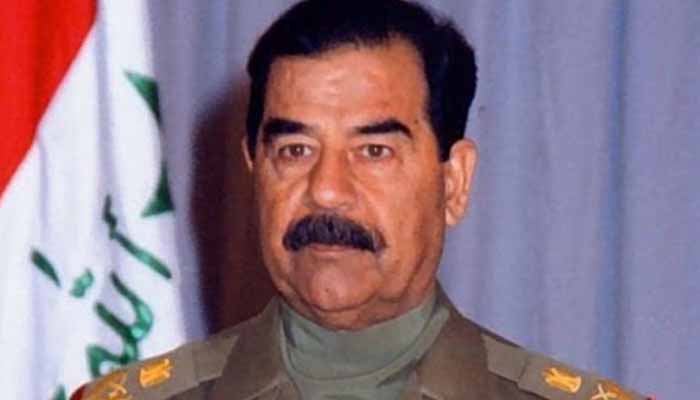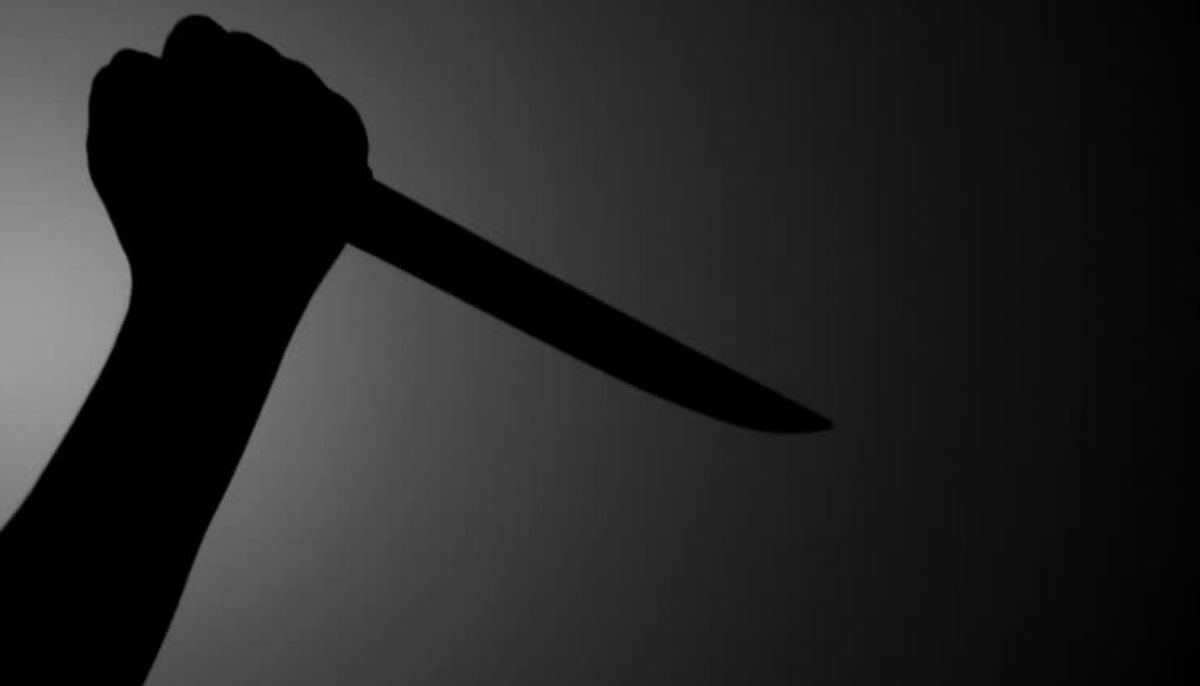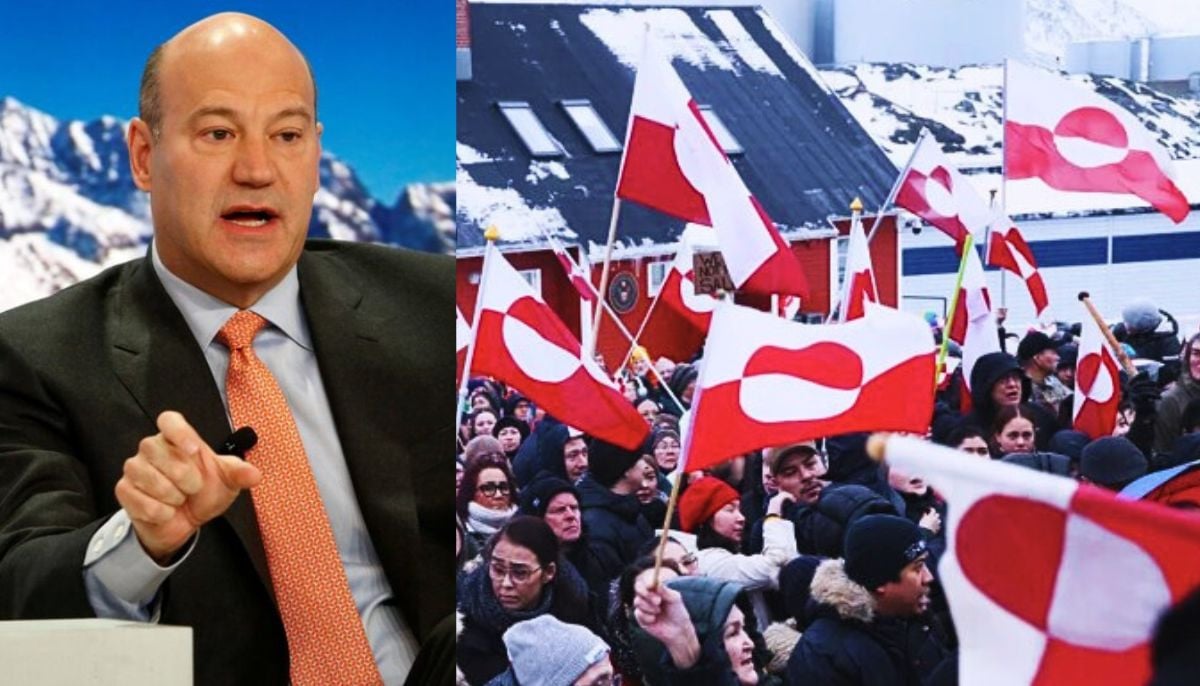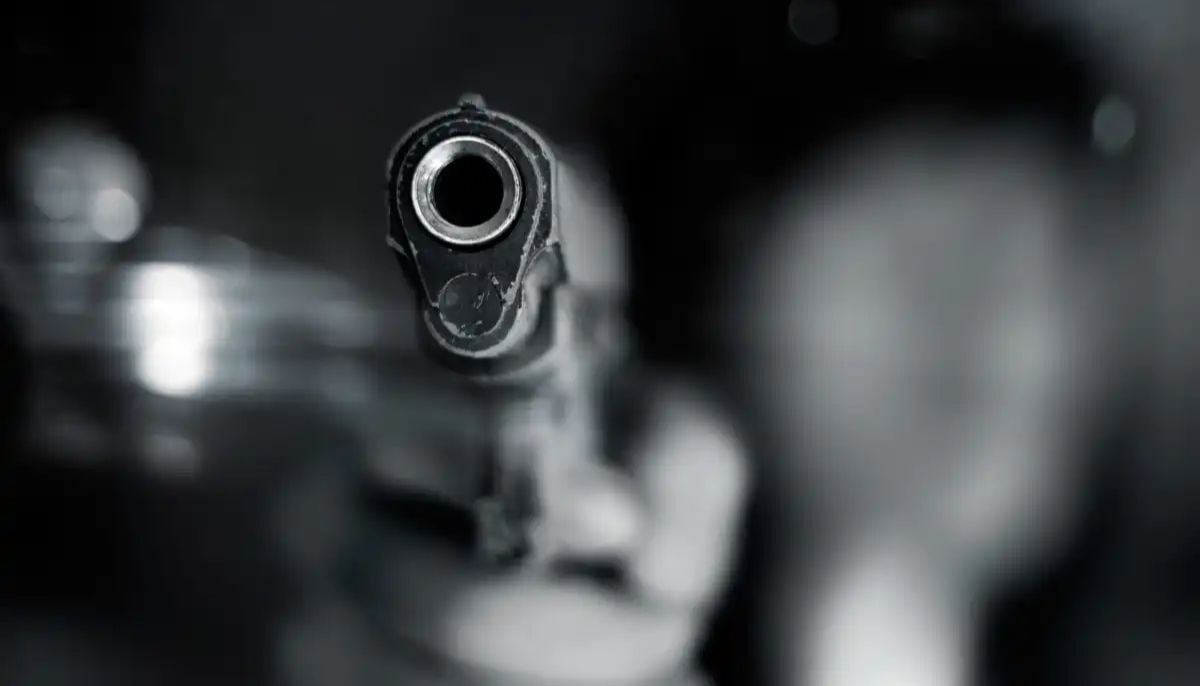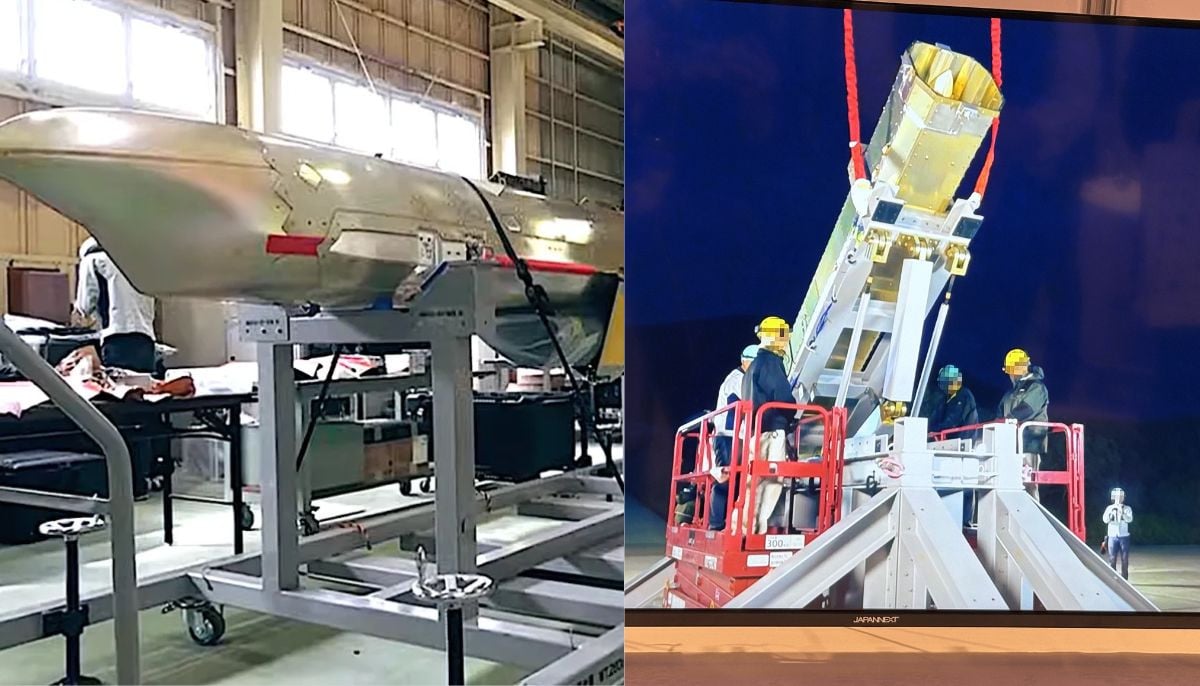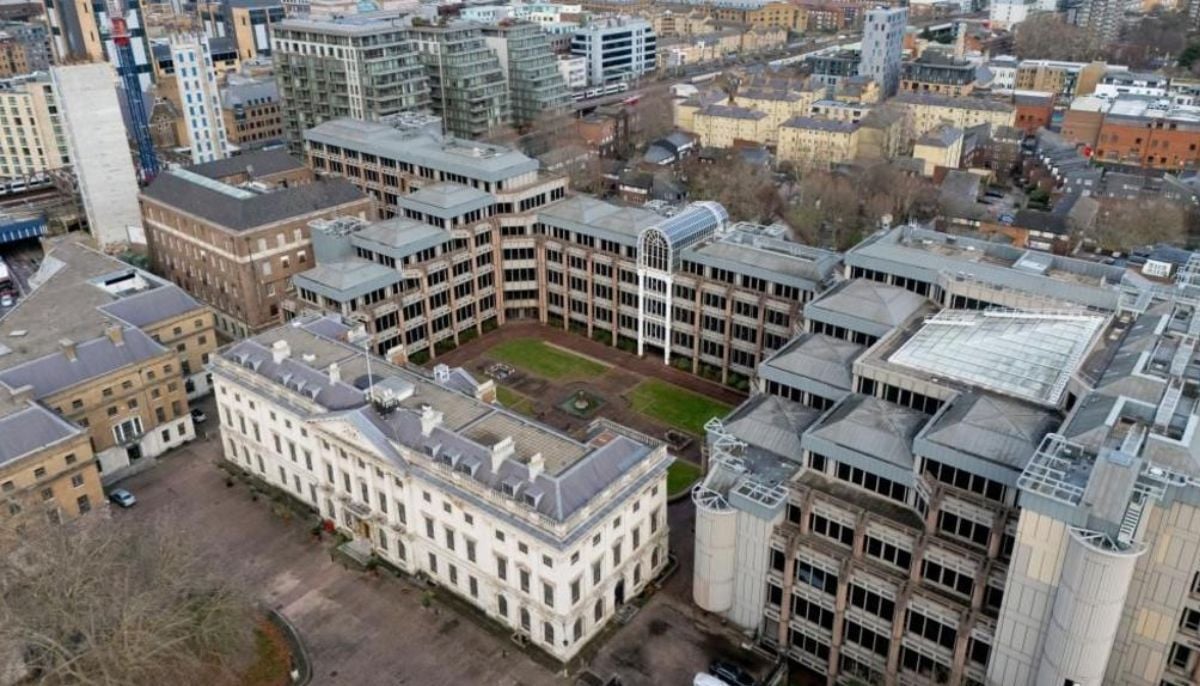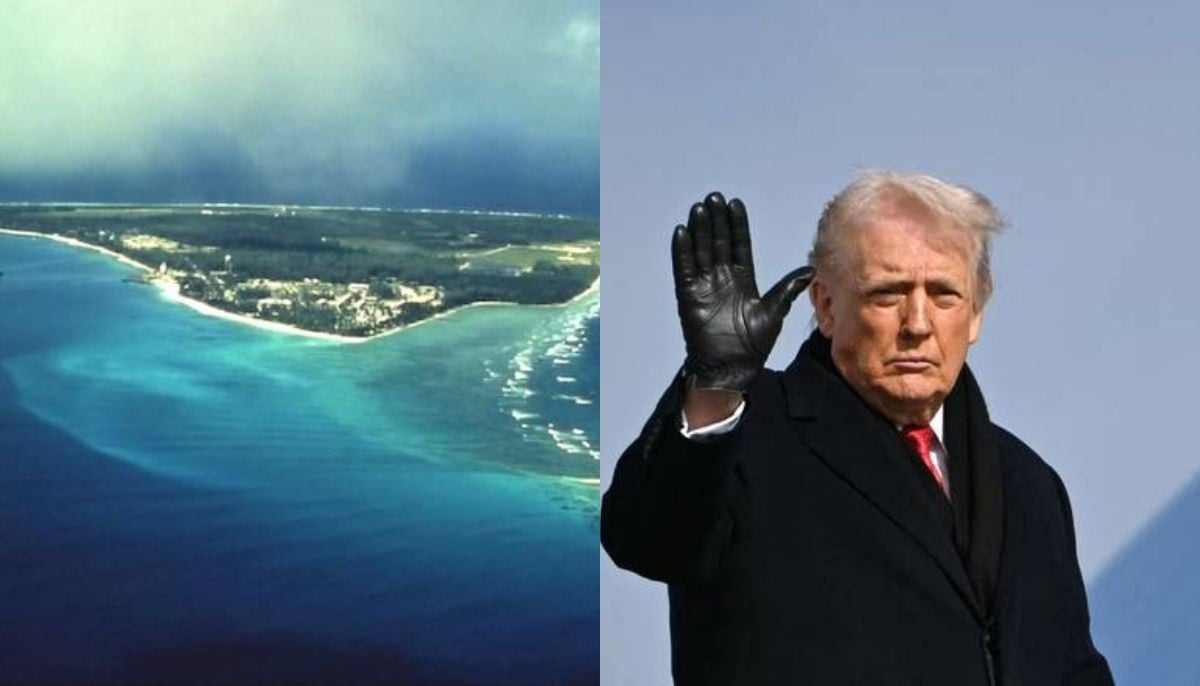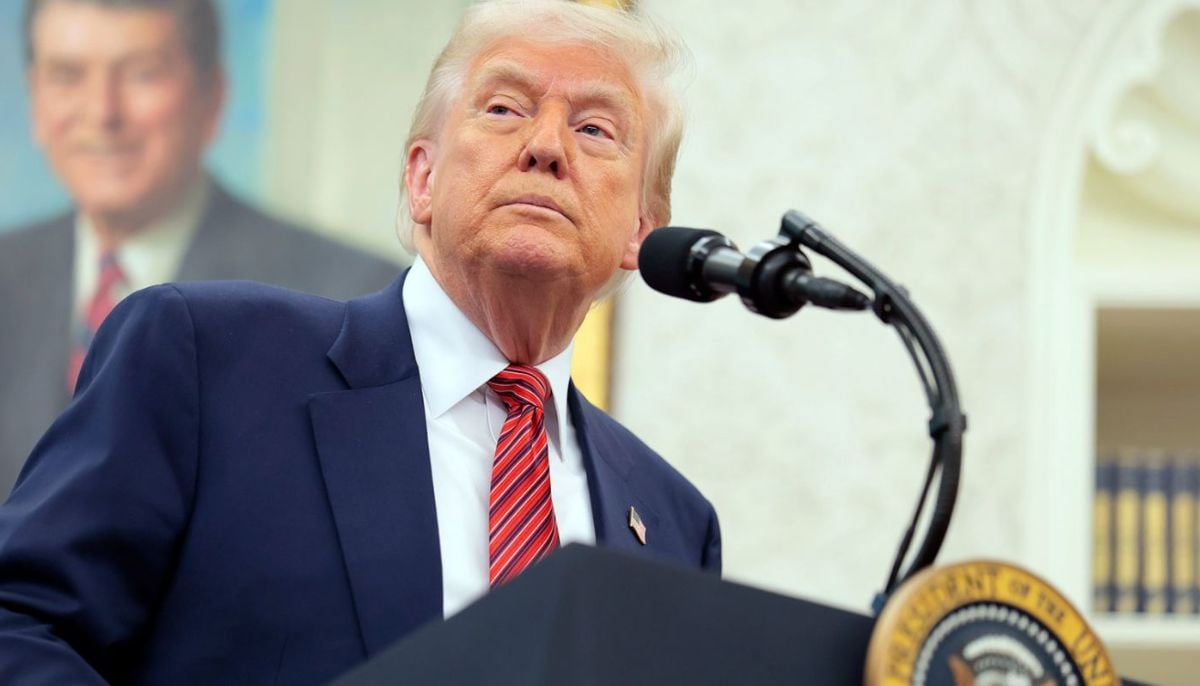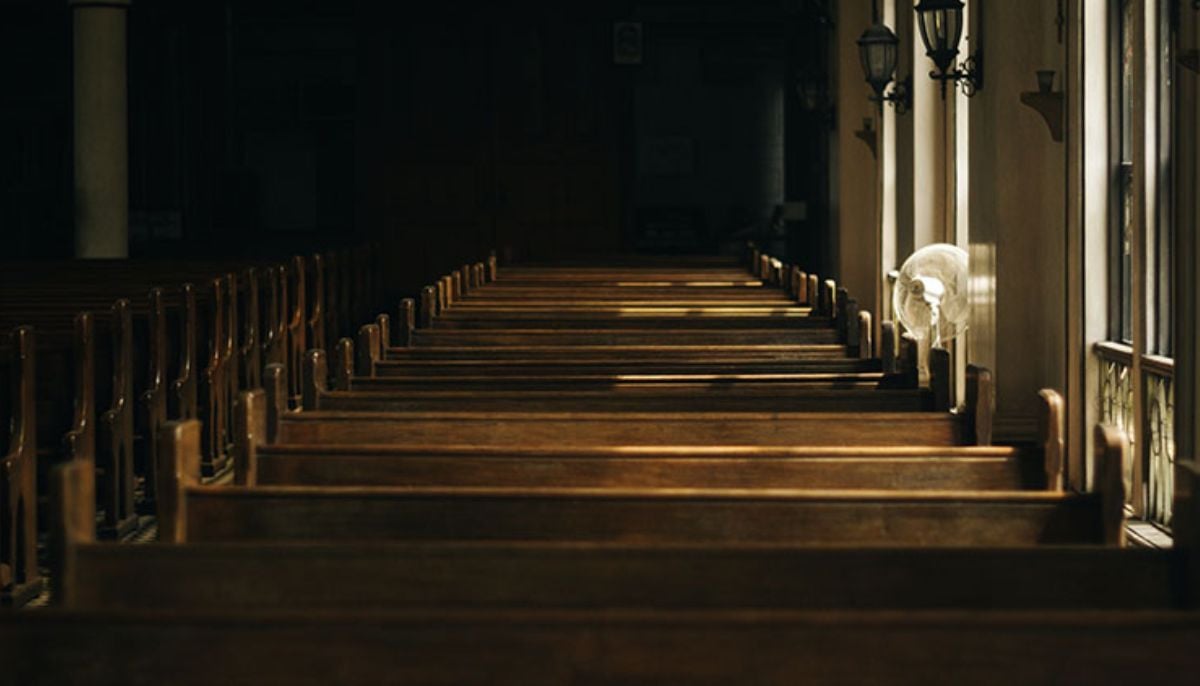The three weeks that ousted Saddam Hussein
Washington and London justified their military intervention with claims that the country possessed weapons of mass destruction but no such stockpile was ever discovered.
PARIS: It took just three weeks for the nearly 24-year regime of Iraqi dictator Saddam Hussein to be toppled in 2003 after the first US air strikes on March 20.
Washington and London justified their military intervention with claims that the country possessed weapons of mass destruction but no such stockpile was ever discovered.
Here is a recap of the sweeping offensive that led Baghdad to fall on April 9, 2003.
Explosions, a fireball
Early on March 20, towards 5:35 am, the first US-British bombardments slam into outskirts of Baghdad. It is less than two hours after Saddam spurns a deadline from US president George W. Bush to go into exile or face war.
Huge clouds of smoke billow into the dawn sky as explosions resonate. Iraqi anti-aircraft guns respond. AFP journalists on the scene report seeing an enormous fireball.
Bush goes on television to announce the start of the military operation, saying that "decisive force" will be used to disarm Iraq and overthrow its leader.
Saddam also appears on television, wearing military uniform and a black beret and vowing "Iraq will emerge victorious".
By evening tens of thousands of US and British troops enter Iraq, crossing the border from Kuwait, and begin a journey northwards through the desert to the capital.
Many world leaders condemn the invasion as illegitimate and hundreds of thousands of people mass worldwide in spontaneous anti-war demonstrations.
´Shock and awe´
On March 21 Washington unleashes what it calls a campaign of "shock and awe", raining bombs on Baghdad. The Pentagon announces a "massive bombardment campaign against Iraq".
The next day there are more fierce strikes on the outskirts of Baghdad as well as on the southern town of Basra and the cities of Kirkuk and Mosul in the north.
On March 25 about 4,000 advancing US Marines pass through the southern city of Nasiriyah, a crucial gateway on the road to Baghdad, coming under heavy Iraqi gunfire.
The British military says the key port of Umm Qasr is under "total control".
In the following days there are more heavy bomb strikes on Baghdad, targeting Saddam´s palace compound, residential neighbourhoods and the army´s elite Republican Guard.
Baghdad airport seized
On March 31 US troops report their first serious battle with the Republican Guard, which has taken position 100 kilometres (70 miles) south of the capital near the holy city of Karbala. There are fierce clashes near Najaf, also south of the capital.
On April 2 the Americans take an important bridge on the Euphrates River, bringing them within striking distance of Baghdad. "The final push to Baghdad is now on," a senior US Marines officer says.
On April 4 US troops seize the city´s Saddam International Airport and rename it Baghdad International Airport.
Iraqi television shows Saddam as in control, flanked by bodyguards in a residential square, smiling broadly, accepting kisses on his hand and holding a baby.
But on April 7 US troops capture three of his palaces in the city while British troops take control of almost all of Basra.
Collapse
On the afternoon of April 9 US tanks and troops meet little resistance as they swarm over the sprawling capital.
US Marines use a military vehicle to help a crowd topple a giant statue of Saddam, symbolising the end of his feared reign, and jubilant onlookers rush to trample on it, chanting "Traitor!", "Torturer!", "Dictator!".
Over the following two days US-backed Kurdish peshmerga fighters seize Kirkuk and Mosul before stepping aside for the Americans.
Saddam´s birthplace Tikrit falls on April 14. He is captured near the city in December and hanged in late 2006.
The United States and Britain lost 139 and 33 soldiers respectively during the intervention, according to their defence ministries. The Iraq Body Count group says that more than 7,300 Iraqi civilians were killed.
-
Japan unveils anti-ship missile with ‘barrel-roll’ evasion to outsmart defenses
-
Missouri couple ‘locked sons in chicken pen, shot them’ in shocking abuse case
-
Chinese ‘mega embassy’ wins UK approval in London ahead of Starmer’s China visit
-
From Chagos Islands to Greenland Trump flags national security risks: Here’s why
-
Church under investigation after anti-ICE protest interrupts worship
-
'I don't care': Trump shrugs off Nobel Prize talk as Greenland tensions escalate
-
Alarming: Rising shark attacks force Australia to close beaches
-
Three-year-old allegedly tortured, killed during exorcism in California church
